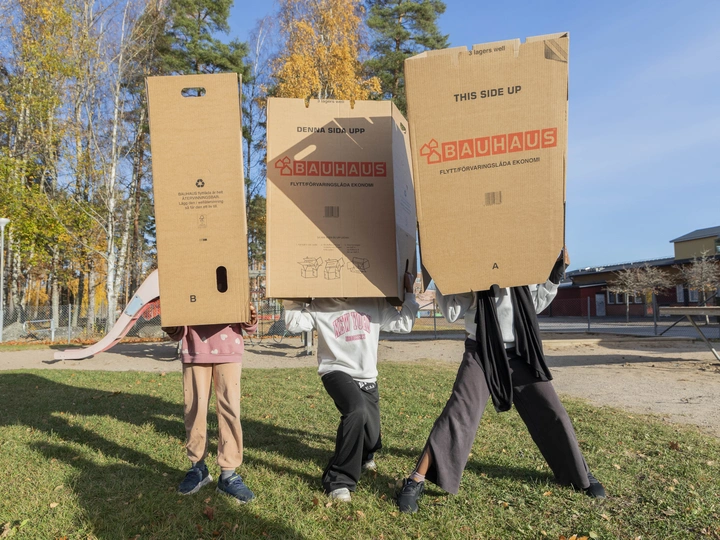MedSkick from our neighbourhood

Simon Husby
Anna Maria Hellner is an urbanist, landscape planner, and gardener whose work bridges speculative planning and hands-on design. With a background in both horticulture and urban development, she leads interdisciplinary teams that realize site-specific park projects across Sweden—projects that bring together artists, ecologists, and local communities in temporary interventions that reshape how public space is imagined and used.
Since 2018, she has curated and delivered unique, full-scale park environments that activate urban sites in transition. These projects—rooted in degrowth principles and influenced by theories such as overgrown—challenge conventional planning models by proposing living, evolving landscapes shaped through participation, care, and experimentation.
Her work is informed by a new generation of landscape thinkers who approach urban space as interconnected ecological and social systems. Drawing inspiration from holistic landscape theory, nature play, and art-based processes, she creates vibrant, inclusive environments that foreground dialogue, biodiversity, and new spatial imaginaries.
At the heart of her practice is a commitment to social justice: working for and with those who live in the neighborhoods—especially where voices are underrepresented. She champions the right of every child to play, learn, and grow through active schoolyards, parks, and streetscapes, believing that equitable urban design must begin with the most vulnerable.
There are gaps within the urban fabric—voids awaiting future use. We aim to activate these interstitial spaces through artist- and child-led activities and neighborhood self-organization. These interventions underscore the urgency of dynamic, adaptive zoning in the face of an uncertain future. Traditional urban planning, rooted in static, growth-centered masterplans, now falters amid stagnating populations and the climate crisis. Flexible, resilient approaches are needed. Our practice, grounded in degrowth principles, uses artistic and speculative methods to imagine alternative urban life—before masterplanning. Through full-scale, site-specific interventions with artists and locals, we explore adaptable development models. Temporary installations, social projects, and interdisciplinary collaborations activate public spaces ahead of formal planning, fostering dialogue, experimentation, and engagement in both central and peripheral urban areas. What elements of this inform future zoning plans? For us, landscape planning and public space are critical platforms where art and nature co-create living, responsive ecosystems. Co-creation and “cues to care” support feedback loops and responsiveness to social and ecological needs. Early activation of public space reveals how little we know about those we plan for. Our speculative initiatives—parks, city squares, streets—serve as pilots for collaboration and empower communities. We've also created deployable prototypes offering insight into future development. Looking ahead, we plan to scale this approach through new curatorial partnerships and further prototypes. We seek curatorial support to embed art, social practice, and landscape thinking into urban planning—translating theory into real transformation.